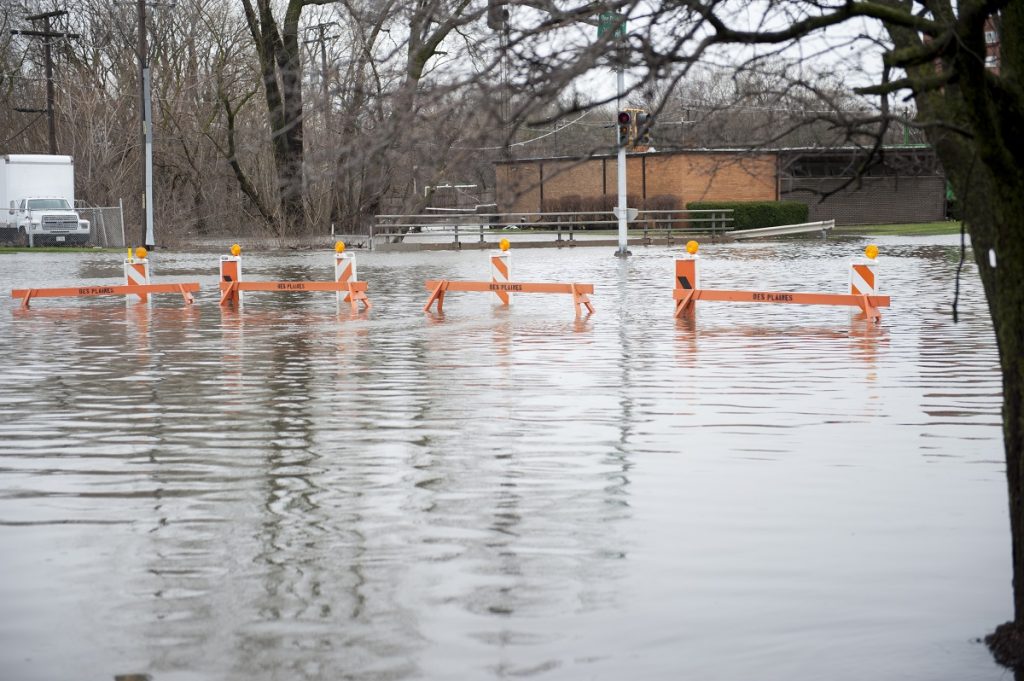New Orleans was changed forever by Hurricane Katrina in 2005. Eighty percent of the area was flooded to some degree. Around two thousand people lost their lives in the disaster, while two million residents of New Orleans and nearby areas had to be evacuated for some time. This tragic event forced authorities and city planners to reconsider old structures and transform them into a more resilient landscape that would repel flooding.
Despite some improvement in the draining system since the disaster, flood control management in New Orleans still leaves much to be desired. According to some experts, the problem of persistent flooding is that city planners are fighting against water, instead of learning to live with it. The future of New Orleans depends on how they will adapt to their swampy surroundings instead of going against its nature.
So what is a potential solution? This is where bioswales enter.
What are bioswales?
A bioswale is a special kind of trench planted with different types of bushes, plants, and vegetation on top of it, creating filters that storm and redistribute rainwater. This mimics the physical structure of a swamp but controls the path of the water, where and how quickly it will be distributed. It is a natural solution that might be the perfect replacement for dams and walls, which take a long time to construct, are invasive to nature, and are quite costly to taxpayers.
How can they help?

For starters, bioswales are a product of biomimicry, which means that they are manmade technology designed after patterns found in the natural world. They do not disrupt the ecosystem; they follow their logic but also give us humans some degree of control. Through bioswales, we can control multiple factors that cause flooding, such as how stormwater is accumulated in certain areas like gutters, which flood the city. Water is redistributed to the point where the danger of overspilling lessens.
Other forms of life also benefit, like the plants on the trench’s top that absorb the water and thrive in its wake. The plants then provide fresh air to the streets and humans who breathe it. Bioswales are also quite attractive to look at. One can be creative with the landscaping of plants on top of the trenches, forming lovely sights to greet pedestrians on their way to work or school or going home. They freshen the water, clean the air, and make everything more livable.
Bioswales and other eco-drainage systems are the future of flood prevention. Instead of building manmade edifices that destroy the natural flow of the environment, we can study our surroundings and learn from them. We can mimic the patterns we see, the symbiosis and balance spelled out correctly in undisturbed nature. Then, using our human intelligence and ability for innovation, we do more than mimic — we can perfect. We can adapt and thrive.
Tragedies don’t have to repeat. Maybe one day, Katrina will be a grim reminder of days gone past. But until then, we must exhaust all our means to prevent it from happening again, even if it requires turning to the very thing that caused it all — water.

